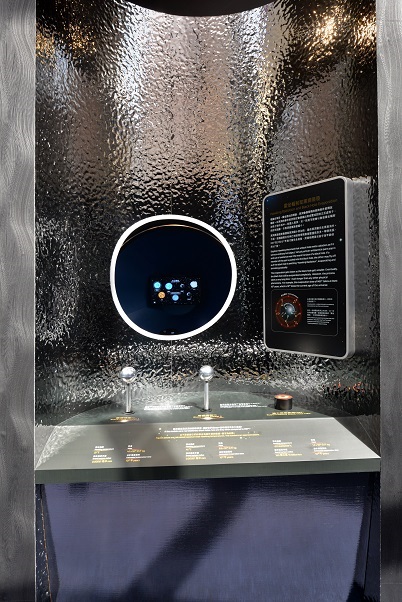Reality | Fantasy
Black hole – one of the greatest fantasies in reality.
This exhibition will unravel such fantasies, explore their myths and truths, and allow light to gleam through the impenetrable.
The exhibition features the anatomy of a black hole, the technologies that help us to “see” and “hear” them, and the latest researches on this growing field. Journey through the history of black hole discovery, feel the brightness of their emissions, and take a glimpse on their lives and deaths. Last but not least, discover the paradoxes and the possibilities of black holes, and learn whether we can make use of this novel resource.
Let’s unveil the mysterious black holes and smash the information barrier!
| Venue: | Foyer, Hong Kong Space Museum |
| Exhibition period: | 25 October 2023 - 27 May 2024 |
| Free admission | |



















